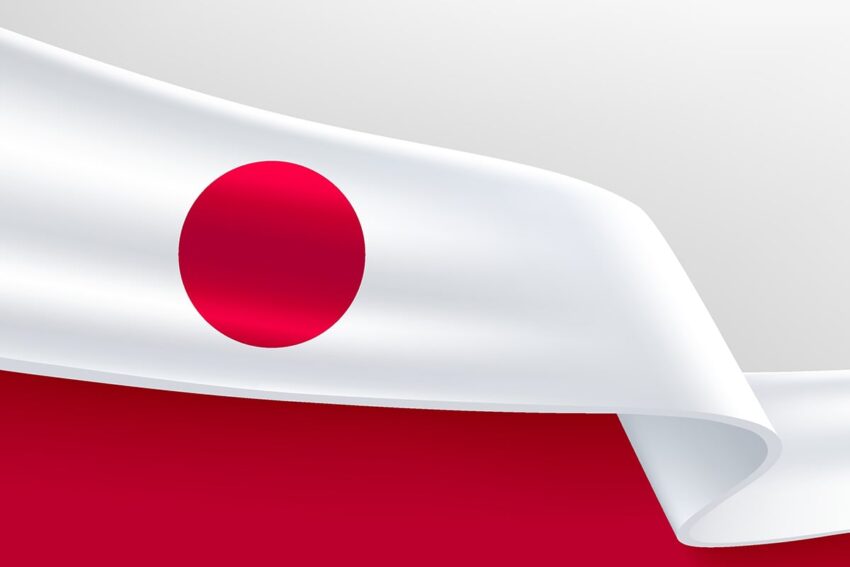**Japanese Startup JPYC Launches World’s First Yen-Pegged Stablecoin**
On October 27, 2025, Japanese startup JPYC made headlines by launching the world’s first stablecoin pegged to the Japanese yen. This pioneering digital currency is fully convertible to yen and backed by domestic savings alongside Japanese government bonds (JGBs). The launch received official approval from Japan’s Financial Services Agency, marking a significant milestone as Japan becomes the first major economy to support a non-dollar stablecoin with regulatory backing.
JPYC’s stablecoin will initially impose no transaction fees, instead generating revenue from the interest earned on its holdings of Japanese government bonds. This innovative approach highlights the growing momentum of blockchain-based finance globally. Notably, U.S. President Donald Trump has previously expressed support for the stablecoin sector, while China is considering the introduction of yuan-backed stablecoins, indicating broad international interest in digital currencies tied to traditional fiat money.
**Major Japanese Banks Enter the Stablecoin Market**
Following JPYC’s launch, Japan’s three largest banks—Mitsubishi UFJ, Sumitomo Mitsui, and Mizuho—are set to enter the stablecoin arena. The banks plan to launch a joint yen-stablecoin system on October 31, leveraging MUFG’s Progmat platform designed for corporate settlements. This system aims to connect over 600,000 NetStars payment terminals by mid-November, potentially accelerating the integration of stablecoins into mainstream financial operations.
Japan’s traditionally cash-heavy market is experiencing a shift towards digital payments. Government data shows that cashless payments increased from 13.2% in 2010 to 42.8% in 2024, reflecting growing acceptance of digital financial solutions.
**Global Market Context and Regulatory Landscape**
The global stablecoin market currently exceeds $286 billion in value, dominated overwhelmingly by dollar-backed stablecoins, which make up 99% of the total supply. In 2023, Japan established regulatory rules governing stablecoin issuance, similar to moves by South Korea, which has pledged to allow won-based stablecoins.
Despite enthusiasm, regulators have expressed concerns that stablecoins might enable funds to move outside traditional, regulated banking systems. Bank of Japan Deputy Governor Ryozo Himino recently addressed these concerns, suggesting that stablecoins could “emerge as a key player in the global payment system,” indicating potential acceptance and integration into mainstream financial infrastructures.
**Adoption Outlook and Future Prospects**
Experts anticipate a gradual adoption process for yen-pegged stablecoins. Tomoyuki Shimoda, a former executive at the Bank of Japan, highlighted that adoption might take at least two to three years, due in part to differences from dollar-backed stablecoins—since the U.S. dollar serves as the world’s reserve currency with broad global use.
However, the involvement of Japan’s major banks could accelerate this timeline, bringing yen stablecoins closer to widespread use. The joint stablecoin system scheduled for launch on October 31 represents a critical step towards mainstream corporate adoption and could further catalyze Japan’s digital payment evolution.
—
Japan’s entry into the stablecoin market signifies growing confidence in blockchain technology and digital currency integration within established financial frameworks. With strong regulatory support and major institutional players on board, yen-pegged stablecoins may soon become a key component of the global payments ecosystem.
https://coincentral.com/japan-launches-worlds-first-yen-backed-stablecoin-jpyc/
